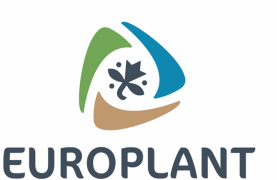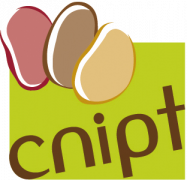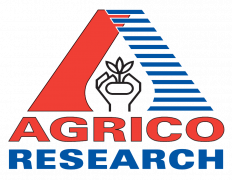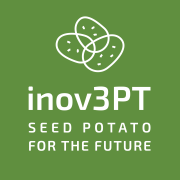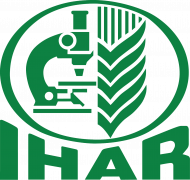This study examines trends in potato production across five major global producers (China, India, Russia, Ukraine and the US) using annual data from 1961 to 2022. We evaluate the T-ARMA, ARIMA-ARCH, Weibull and score-driven models to forecast production from 2023 to 2030. The results identify the T-ARMA model as optimal for China and India (validation MAE: 1,668 thousand tonnes and 3,277 thousand tonnes, respectively), while the ARIMA-ARCH and Weibull models perform best for Russia (MAE: 1,405 thousand tonnes) and the US (MAE: 547 thousand tonnes), respectively. Projections indicate a marginal decline in China (from 96,073 to 96,066 thousand tonnes; − 0.007%) and India (from 55,701 to 55,698 thousand tonnes; − 0.005%), contrasted by robust growth in Russia (from 20,026 to 26,284 thousand tonnes; + 31.2%). Ukraine’s production remains stable at approximately 21,103 thousand tonnes annually, while the US experiences a slight decline (from 18,054 to 18,053 thousand tonnes; − 0.005%). These forecasts, derived from regionally tailored models, offer actionable insights for policymakers to strengthen food security, optimize supply chains and prioritize agricultural innovation.
Full publication URL
